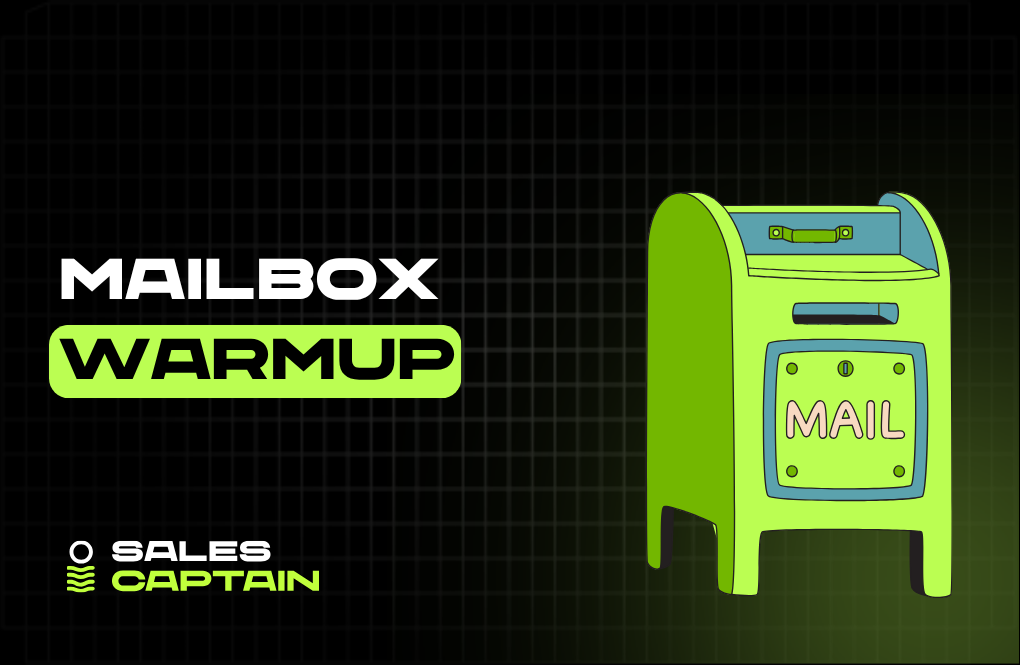

Go-to-Market Playbook in 2025: Framework, Strategy, and Best Practices

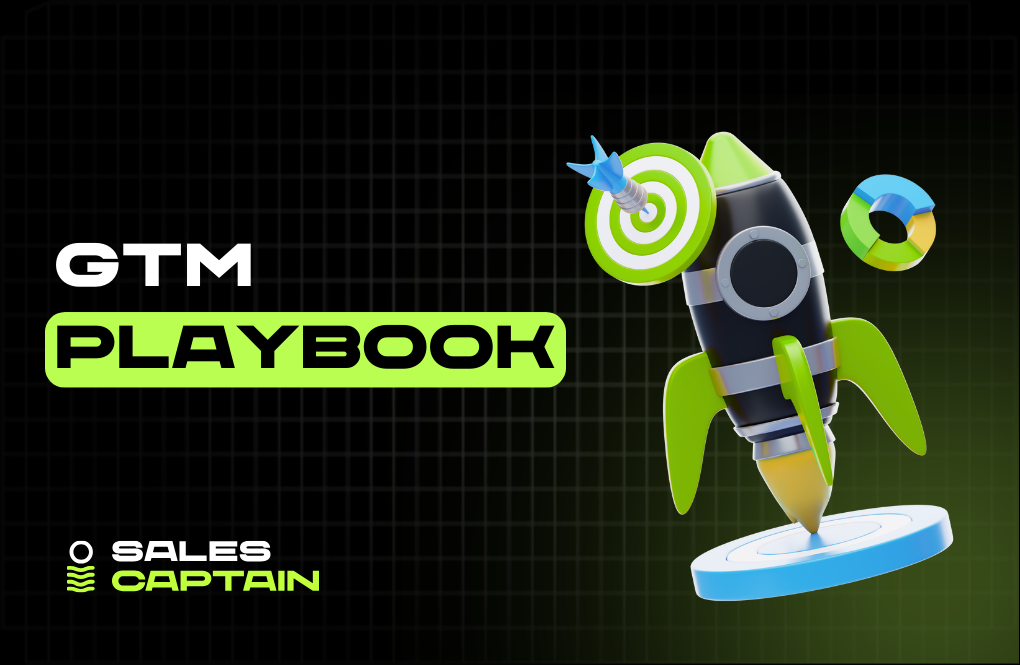
Introduction to the Go-to-Market Playbook
Definition and Importance of a GTM Playbook
A Go-to-Market (GTM) playbook is a repeatable framework that outlines how a company will deliver its product or service to customers and win. It’s the blueprint for building awareness, capturing interest, creating demand, and closing deals.
More than just a plan, it’s a set of systems: workflows, team roles, tooling, messaging, and feedback loops designed to launch or scale a product efficiently. Whether you're launching a new product, entering a new market, or simply trying to break through stagnant growth, a GTM playbook aligns internal teams toward customer outcomes.
Without it, teams default to siloed campaigns and sales motions that misfire. With it, you move faster, iterate smarter, and scale predictably. Think of your GTM playbook as the operating system for growth.
Key Differences Between a GTM Strategy and Marketing Plan
A GTM strategy is about how you win. A marketing plan is about where and when you show up.
The GTM strategy zooms out: what problem are you solving, for whom, how do you reach them, and why you’ll beat the competition. It's cross-functional, it spans product, sales, marketing, and success. It answers questions like:
- Who's our ideal customer?
- What’s our core value prop?
- How do we package and price?
- Who's running point across product, sales, and ops?
- What signals tell us this is working?
A marketing plan is a subset. It’s the tactical schedule of documents and deliverables: blog posts, paid ads, webinars, branding, and lead generation. You can have a beautiful marketing plan and still fail if your GTM foundation is broken.
One builds the machine. The other fuels it.
Components of a Successful Go-to-Market Playbook
Target Audience Identification
You can't win without knowing exactly who you're trying to win.
Defining Your Ideal Customer Profile (ICP)
Your ICP is a data-backed definition of your highest-value customer segments. This isn’t "companies with 50+ employees" or "tech startups." It’s deeper: specific industries, headcount range, job titles, tech stack, intent signals, and buying triggers.
Your ICP drives list building, messaging, channel selection, and sales conversations. Miss here, and everything downstream breaks.
The best GTM teams revisit their ICP often. Especially in early-stage companies or during aggressive pivots (which is most companies now).
Creating Buyer Personas
Personas give your ICP a face, a human voice.
These are composite sketches of the people inside your ICP: their goals, pain points, objections, decision criteria, and internal politics. Personas help marketing write sharper copy, sales run tighter calls, and product teams prioritize features that actually matter.
You don’t need a 20-page persona doc. You need insight you can act on. How do they describe their problem? What they dread. What makes something a “must-buy”
The closer to reality, the better your GTM motion lands.
Market Research and Competitive Analysis
GTM without research is guessing at scale.
Techniques for Effective Market Research
Start with internal intel: talk to customers, analyze churn reasons, sit in on sales calls. Then expand: mine forums, review sites, LinkedIn posts, subreddits, industry reports.
Use tools like LinkedIn Sales Navigator, SparkToro, and online communities to map buying behavior. AI platforms make this faster, scrape patterns at scale, validate assumptions, and sand pot emerging demand.
Always aim to understand where attention is shifting before your competitors do.
Understanding Market Demand
Product-market fit isn’t static; demand shifts. Markets reshape fast.
Find where your ICP is already spending time, engaging with similar tools, or seeking help. Tap cold email data, ad performance, SEO trends, or community posts to uncover fresh demand pockets.
Use Clay and similar tools to extract this data fast. Build dynamic views into buying signals: new hires, tech adoption, funding rounds. Demand isn’t always obvious; it leaves breadcrumbs.
Unique Value Proposition Development
Your UVP is what makes people choose you instead of every other option, including indifference.
It's not a slogan. It's the sharpest, clearest articulation of:
- What you do
- Who it’s for
- Why it’s better, faster, or different
A killer UVP connects to your ICP’s real pain and current workflow. It should pass the “so what?” test. If prospects nod but don’t act, your proposition isn’t unique or valuable enough.
Anchor it in outcomes, not features.
Messaging and Positioning Strategy
Once you know your value, you need to communicate it, obsessively and consistently.
Good messaging sounds like your customer. It enters the conversation already happening in their head. It shows you get the nuance: the frustration, the broken process, the internal politics.
Positioning, on the other hand, is how you frame your product in the market context. Think of it as mental territory. Are you the efficient replacement? The premium player? The fast mover?
Mess this up and you're playing in the wrong battle. Nail it and you own the category narrative.
Building Your Go-to-Market Playbook
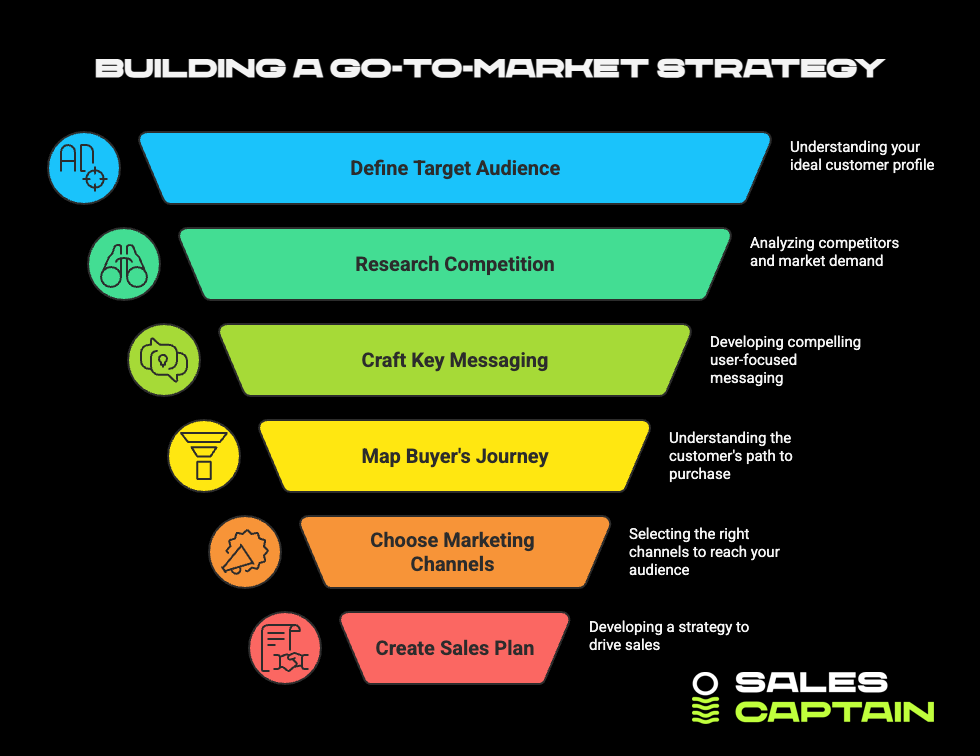
Step-by-Step Process to Create a GTM Strategy
Step 1: Identify the Problem
Start with the actual pain your product solves. Not a vague “optimize productivity”, a real, urgent friction in the ICP’s daily life.
Step 2: Define the Target Audience
Dial in on your ICP and personas. Go beyond demographics, focus on behavior, buying signals, org structure, and urgency.
Step 3: Research Competition and Demand
Map the alternatives. Learn their pitch, pricing, and positioning. What are you winning and losing against? Then, test if demand exists for your solution using search trends, feedback loops, and outbound data.
Step 4: Decide Key Messaging
Turn your UVP into tight, user-first copy that your team can use across outbound, ads, product, and onboarding.
Step 5: Map the Buyer’s Journey
Understand every stage: what the buyer thinks, feels, asks, and needs from unaware to champion. Then define friction points.
Step 6: Pick Marketing Channels
Where does your ICP already hang out? Build media and acquisition around that. Could be outbound, paid, founder-led content, communities, or all of the above.
Step 7: Create a Sales Plan
Inbound only takes you so far. Build outbound as a marketing motion. Use tech to scale. Replace hand dialing with systems. SDRs are being replaced, operators are rising. Agencies like SalesCaptain can accelerate results here if used strategically.
Step 8: Set Concrete Goals and KPIs
Conversion, CAC, speed to activation, and win rates. Define your metrics before launch. Make sure every team knows what success looks like.
Step 9: Create Clear Processes
This is where most GTM fails. Document handoffs, feedback loops, tooling, and reporting. Don’t rely on oral tradition; create the system.
Aligning Cross-Functional Teams
You’re not launching a campaign. You’re launching a company effort.
Roles and Responsibilities of Key Departments
Product builds the solution that solves the problem. Marketing creates visibility and pulls demand. Sales converts curiosity into conversations. Success turns customers into growth loops. RevOps connects it all.
But everyone owns revenue now.
Strategies for Promoting Alignment
Weekly war rooms. Shared KPIs. Transparency over perfection. Same Slack channels. Single source of truth docs. Syncs are fine, but async is faster. Use systems to fix misalignment before it creates churn.
Create space for feedback, but also pressure to perform.
Execution and Implementation of Your GTM Playbook
Launch Planning
A GTM launch isn’t a webinar with an email blast. It’s choreography, internal, external, and iterative.
Prep timelines, roles, talking points, contingencies. Line up SEOs, PRs, cold outreach, and support scripts. Rally all functions behind it. One ownership doc to rule them all.
Launch is a moment; momentum takes planning.
Sales Enablement Tactics
Give your sellers more than decks. Arm them with:
- Objection libraries
- Competitive battlecards
- Persona cheat sheets
- Use-case-specific scripts
- Data-backed targeting lists
Make it impossible for them not to understand the product, the positioning, and the prospect.
Talk tracks won’t make them close, insight and systems will.
Marketing Campaign Execution
Marketing isn’t spray-and-pray anymore. From outbound to product-led, you need dynamic, signal-based campaigns.
Outreach should respond to events, not blindly fire off templates. Tools like Clay make this scalable, automating list building, enrichment, and multi-step sequences tied to triggers like tech installs or job changes.
Marketers can now own outbound velocity.
Customer Acquisition and Onboarding
The handoff to success is part of GTM. If onboarding sucks, so does retention.
Create playbooks for activation. Use data to identify ramp drop-offs. Track time-to-first-value. Use product usage to surface upsell and testimonial moments.
Make it seamless and measurable.
Measurement and Analytics
Setting Up KPIs
You need leading indicators, not just lagging ones. Conversion, meetings booked, demo-to-close rate, churn risk, all of it.
Track signals, not just outcomes. And don’t overcomplicate dashboards if no one reads them.
Continuous Feedback and Optimization
Build feedback loops that close fast. Field sales to ops. Marketing to product. Customer success to the roadmap.
If it takes a month to know what’s broken, you’re already bleeding. Weekly GTM reviews might feel extra, but they’ll save you real dollars.
Best Practices and Strategies
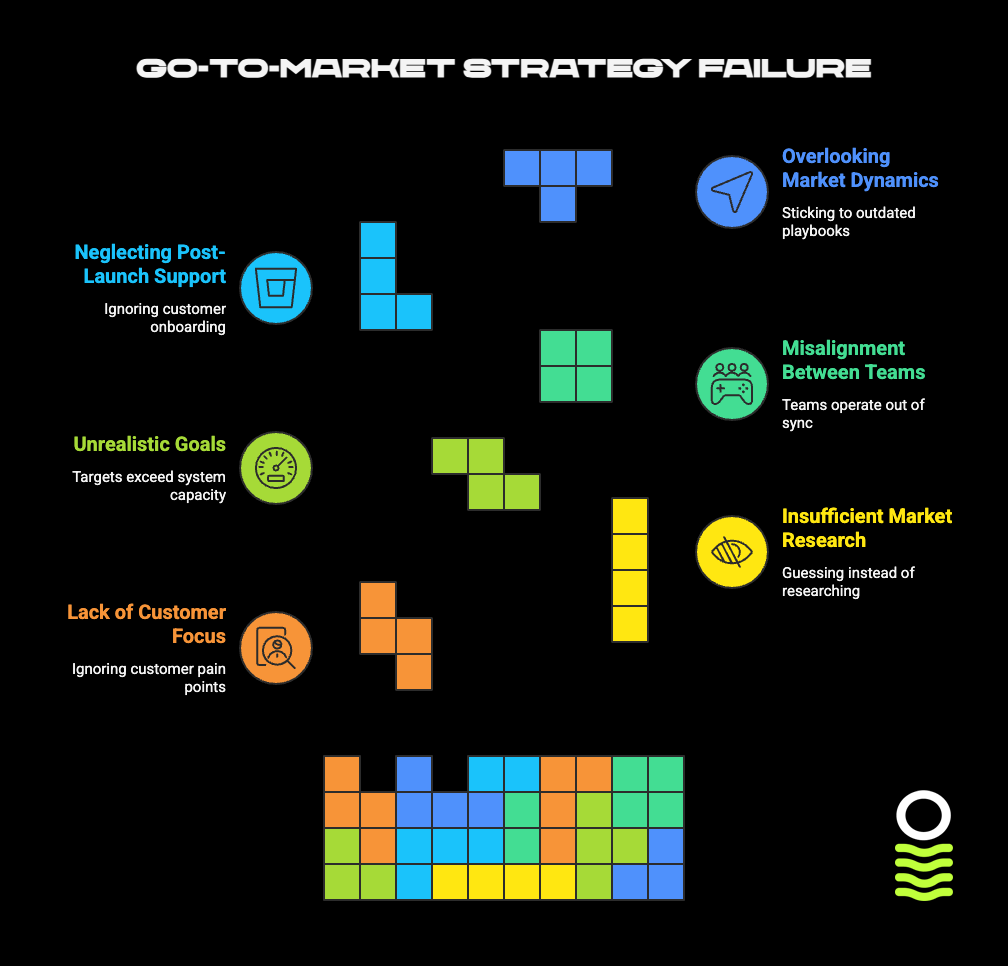
Community-Centric Growth and Building in Public
Buyers don’t trust brands. They trust people. Founders and teams that build in public, share wins and failures, and hang out in communities don’t need to “market”; they get pulled into conversations.
Create value where your audience already gathers. Build presence before product.
Utilizing Influencer Marketing
In B2B, “influencers” look different: creators, consultants, operators with niche followings.
Get into their content. Collaborate on use cases. Podcast with them. Their trust is faster than your pipeline.
Even a few dedicated voices can drive measurable, qualified traffic.
Self-Service and Viral Growth Strategies
Buyers don’t want calls. They want answers.
Enable users to explore, try, and share the product without friction. Freemium, interactive demos, referral loops, public templates, these aren’t vanity; they’re compounding growth levers.
Self-serve done right becomes a channel, not just a feature.
Adapting to Market Changes and Consumer Behavior
What worked 6 months ago might bomb now. GTM isn’t frozen.
Consumers change budgets, tools, and preferences. AI accelerates that shift. Don’t fight it, track it, embrace it, and shift your motion accordingly.
Success in GTM is about tempo: speed to learn, speed to adapt, speed to scale.
The playbook’s digital. Keep rewriting it.## Common Mistakes to Avoid
Lack of Customer Focus
You’re not selling a product. You’re solving a problem. Forget that, and your GTM runs off course fast.
Most failed GTM plays start with “here’s what we built” instead of “here’s what you’re struggling with.” When strategy becomes a monologue instead of a conversation, messaging won’t land, acquisition costs balloon, and the pipeline dries up.
Great go-to-market execution begins with obsessive customer understanding, from pain points to language to workflows. It’s not buyer personas on a slide. It’s real conversations, support transcripts, community threads, and cold email replies.
Lose the customer, and you lose everything else.
Insufficient Market Research
Guessing isn’t a strategy. It’s just expensive.
Companies often rush GTM based on assumptions about demand, pricing, competitors, and even the size of the opportunity. But bad inputs lead to bad systems. No ICP clarity. No signals to guide outbound. No benchmarks to track performance.
Real market research means qualitative intel (talks, interviews, forums) and quantitative data (search, intent, enrichment). Platforms like Clay make this way faster, letting you connect buyer signals to outreach and inform campaigns in real time.
Without signal-based insights, your tactics are flying blind.
Unrealistic Goals and Timelines
Speed matters, but so does sequencing.
Startups often set targets designed to impress investors, not reflect reality. A hard launch without sales enablement? A growth target with no lead source? A CAC payback plan that ignores onboarding friction?
Unrealistic GTM goals evaporate trust inside the org. They kill morale and confuse priorities. Worse, they hide early indicators of failure, so you can’t course correct in time.
Ambition’s great. Just make sure it’s tied to actual system capacity.
Misalignment Between Teams
GTM isn’t marketing’s job. Or sales. Or products. It’s all of them, operating in sync.
When teams play different games, the whole system breaks:
- Sales pitches vaporware
- Marketing targets the wrong persona
- Product fixes the wrong bug
The root cause? Misaligned inputs. Siloed data, disconnected tooling, no shared KPIs.
Weekly GTM syncs and clear feedback loops help, but what really works is centralized ownership and shared language around goals, audiences, and definitions of success.
Alignment isn’t about meetings. It’s about workflow integration.
Neglecting Post-Launch Support
Launch is not the finish line. It’s the starting signal.
A killer GTM plan takes into account what happens after the deal’s signed. If onboarding stumbles or value delivery lags, churn spikes, and word of mouth turns toxic.
Post-launch efforts, customer education, activation playbooks, feedback loops, and success tracking are part of the GTM stack.
Skipping this phase means marketing fills the top, sales closes the middle, and success lets the bottom fall out. That’s a leaky system no growth team can outrun.
Overlooking Market Dynamics
Markets aren’t static. Your GTM can’t be either.
Customer behavior, tech stacks, budget cycles, everything is in motion. Especially now with AI flooding categories and shortening innovation cycles.
Yet companies often stick to a playbook that worked a quarter ago and wonder why win rates drop. If your ICP’s tech stack changes or a new category competitor emerges, your positioning has to shift, too.
Winning GTM teams treat data not just as measurement, but as a compass. Always adjusting based on directional shifts.
Your system needs agility built in, or it’ll fail slowly.
Case Studies of Successful Go-to-Market Strategies
B2B SaaS Company Launch: HubSpot
HubSpot didn’t just launch a product. They launched a category.
Back when CRMs were built for sales managers, not marketers, HubSpot introduced "inbound marketing" as the rallying cry. They educated the market with free content, certifications, and tools. Their blog wasn’t fluff; it was the GTM engine.
Crucially, HubSpot aligned marketing, sales, and product around the same ICP (SMBs with growing digital footprints) and offered a freemium motion to reduce barriers.
The lesson? GTM isn’t always about louder messaging. Sometimes it’s about shifting how your audience thinks.
Consumer Product Market Entry: Dollar Shave Club
One viral video. That’s all it took for Dollar Shave Club to smash into a sleepy market.
The launch video worked not because it was funny, but because it nailed the pain point (overpriced razors) that everyone accepted as normal. Their GTM stack was lean: direct-to-consumer channel, subscription model, tone-first messaging.
Dollar Shave Club succeeded by compressing the user journey. Fast awareness. Simple path to conversion. Immediate delivery.
Even in consumer GTM, clarity and systemization win. Not complexity.
Enterprise Software Expansion: Salesforce
Salesforce has redefined GTM at every stage of its growth.
In its early days, it was a “no-software” movement. Then it shifted to enterprise. Now, it’s industry verticals, product clouds, and land-and-expand motions.
Their GTM strategy evolves constantly:
- Role-specific messaging
- Ecosystem-driven acquisition (via AppExchange)
- Thought leadership via Dreamforce
- Global sales operations optimized through RevOps
What stays constant? Deep persona knowledge, tight alignment between product and sales, and feedback loops from the field to the roadmap.
That’s how expansion becomes scalable. Strategy shifts, system stays.
Future Trends in Go-to-Market Strategies
The Evolution from Pull to Push Strategies
For years, inbound dominated. Blogs, SEO, lead magnets, it was all about visibility, not pursuit.
But that's shifting.
AI has made outbound efficient, precise, and scalable. Targeted push strategies, especially signal-driven ones, now outperform passive funnels. Why wait for demo requests when intent signals tell you who to talk to?
Outbound isn’t just for sales anymore. It's a marketing motion. Marketers now build sequences, write copy, and run automations. They test subject lines like they test ad creative.
Push doesn’t mean spray. It means the right message, right time, right prospect. And it’s winning.
The Role of Technology in Future GTM Approaches
Tech isn’t a stack anymore, it’s the execution layer.
Tools like Clay are changing the game. You can enrich leads, detect buying signals, auto-trigger workflows, and score accounts, all without engineering. With the right operators running the setup, GTM becomes a living system.
Automation is replacing SDRs. AI is writing the first draft of copy. Attribution modeling updates in real time. All of this means GTM is less about guessing, more about signaling, testing, and compounding.
The winners tomorrow won't be the loudest. They'll be the most operationally excellent.
FAQs
A GTM playbook is the system that guides how you bring a product to market. It includes strategy, messaging, channels, team roles, and processes, everything needed to launch, scale, and win.
It’s not a checklist. It’s an operating system for growth.
Without a GTM strategy, you’re just launching and hoping.
A solid strategy aligns teams, validates messaging, targets the right audience, and reduces waste. Most importantly, it creates a repeatable path to revenue, backed by feedback loops and clear metrics.
Hope isn’t scalable. Strategy is.
A strong GTM plan includes:
- Clear ICP and personas
- Market research and demand signals
- Messaging and positioning
- Sales and marketing channels
- Enablement assets for teams
- KPIs and feedback systems
- Post-sale motion (onboarding, success)
Each part feeds the system. Miss one, and the loop breaks.
Start with leading indicators: demo requests, reply rate, conversion from messaging.
Then track lagging ones: CAC, payback period, retention, and net revenue retention.
But the real measure? System velocity. How fast can you test, improve, and ship across each GTM function?
If feedback takes a month, metrics won't save you.
Absolutely. In fact, it should be.
GTM isn’t just for launches. Every pricing change, feature rollout, or market pivot needs a mini-GTM motion.
For existing products, it's about repositioning and reselling value. For new ones, it's about validation and extraction. Same system, different playbook inputs.
RELATED ARTICLES
Lorem ipsum dolor sit amet, consectetuer adipiscing elit, sed diam nonummy nibh euismod tincidunt ut laoreet dolore magna aliquam erat volutpat.

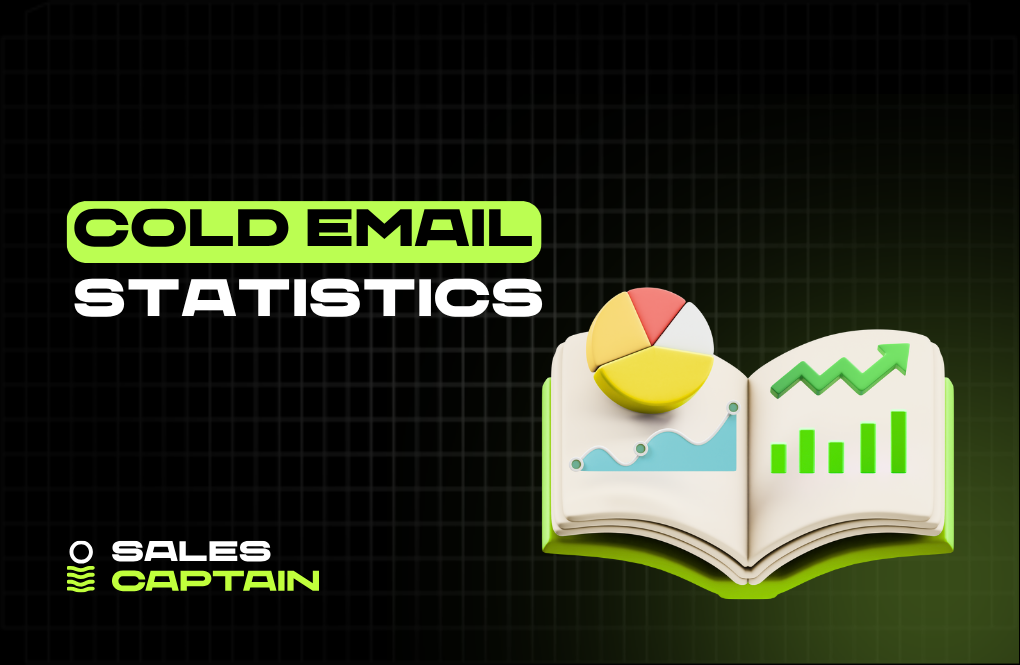
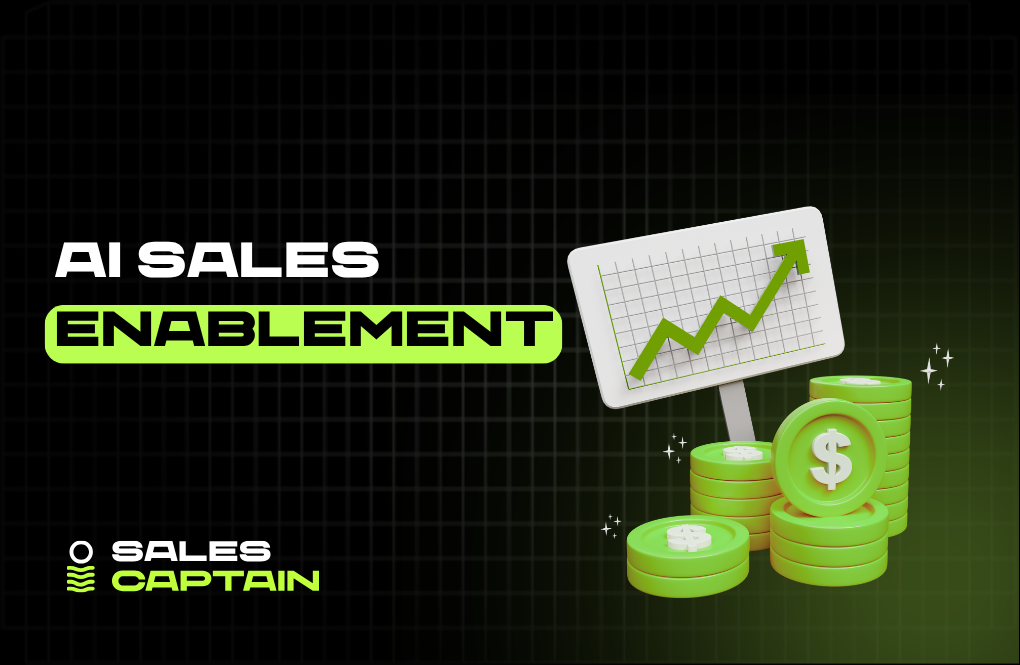

.jpg)


